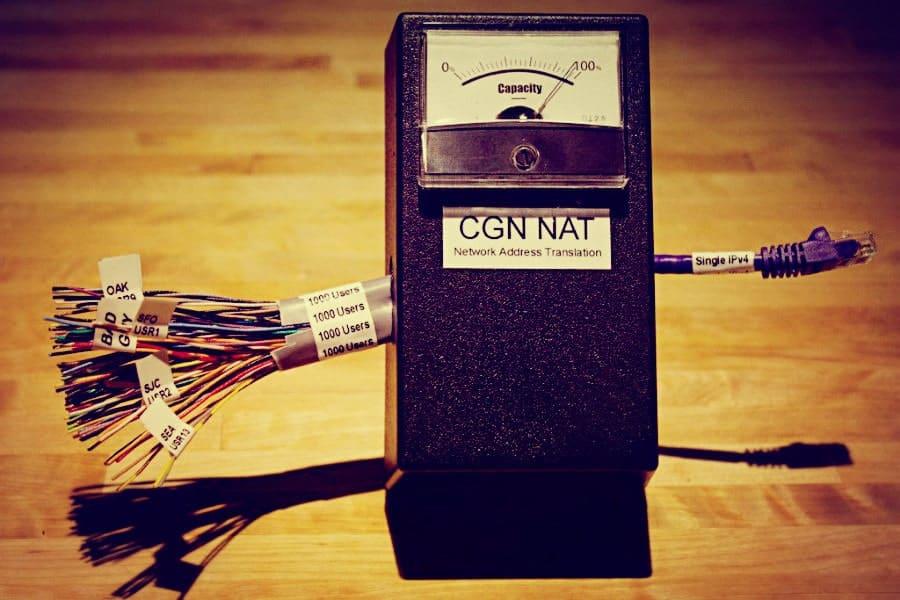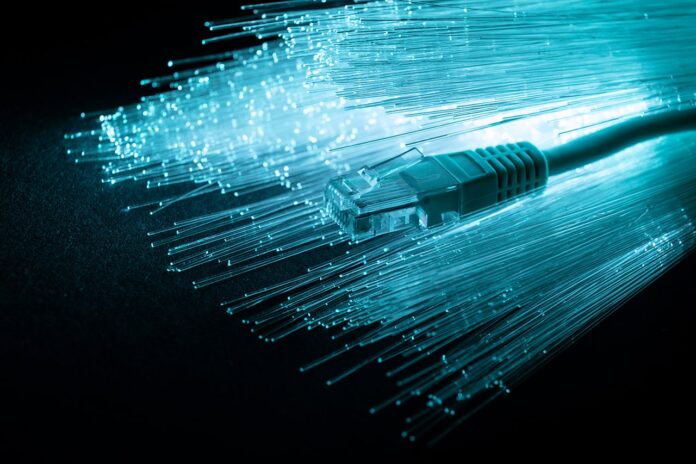What is IP Address?
Let’s talk about what an IP address is. The address number provided by the internet service provider to every computer connected to the internet is called an IP address. Thanks to the IP address, the data that needs to reach your computer can reach the correct address. This address, which consists of four parts such as 192.168.1.1, is called IPv4.
What is IPv4?
Internet Protocol version 4 (IPv4) is the fourth version of Internet Protocol (IP). Previous IP versions 1 through 3 were experimental versions designed between 1973 and 1978. That’s why IPv4 became the main protocol that became publicly available in 1981. In other words, today’s internet uses a 41-year old protocol!
What Are the Disadvantages of IPv4?
41 years ago, no one thought that one day even the refrigerator would be connected to the Internet. That’s why it was calculated that a total of 4,294,967,296 addresses that could be obtained with IPv4 would never run out, but things didn’t turn out that way at all.
In June 1992, the first discussions about the expiration of IP addresses began, and in 1998 it was proposed to switch to the IPv6 protocol.
On January 31, 2011, IANA, the organization responsible for IP addresses, announced that it has distributed all its IP addresses to five regions around the world, thus they ran out of IP addresses.
Following this event, Asia-Pacific in April 2011, Latin America in June 2014, North America in September 2015, Africa in April 2017, and finally Europe, Middle East, and Central Asia in November 2019, announced that they ran out of IPs. After this stage, the IP addresses of the operators were also exhausted, and eventually, solutions such as NAT and CGNAT began to be used.
What is NAT?
NAT stands for Network address translation and is the technology that allows you to have multiple devices behind the same public IP.
By 1993, when it started to appear that IP addresses would be exhausted, some technologies were considered to get around this problem without changing the existing protocol. One of them was NAT. Thanks to NAT, it has become possible to host a whole private network behind a single IP address. In this way, every PC in the network did not need to be given an IP by the service provider to connect to the internet.
What is CGNAT?
NAT at the ISP level is called CGNAT. CGNAT means you and other customers will share the same public IP.

When the IP addresses were finished, internet service providers started to connect multiple users to the internet with a single IP address through NAT. This is also called Carrier-grade NAT. In this technology, which is briefly referred to as CGNAT, the IP address on the modem is not the same as your IP address on the internet. This brings multiple problems with it.
What Are the Disadvantages of CGNAT?
CGNAT technology violates the end-to-end principle, as it introduces additional layers. The basic idea behind the end-to-end principle is that for two processes communicating with each other, the reliability achieved in these ways cannot be expected to be perfectly compatible with security requirements.
CGNAT has significant security, scalability, and reliability issues due to its situational nature.
Port Opening Problem with CGNAT
Perhaps one of the biggest disadvantages of CGNAT is that it prevents opening a port. Because network address translation (NAT) is usually implemented by mapping the ports of NAT devices on the network to other ports on the external interface, CGNAT often prevents ISP customers from port forwarding. This is done so that the router can map the responses to the correct device; In CGNAT networks, even if the user does port forwarding on their modem, the ISP’s “master router” running the CGN will block it, as the actual port will not be the consumer-configured port.
In case of banning IP addresses based on traffic, the system can block the traffic by banning the IP address of the spammer user. In this case, other users sharing the same public address as the spammer behind CGNAT are also blocked by mistake. This can pose serious problems for forum and wiki administrators trying to handle destructive actions from a single user sharing an IP address with legitimate users.
Does CGNAT cause lag?
One of the areas most affected by CGNAT is online games. Under normal circumstances, there should not be excessive delay due to CGNAT, but in practice, things are not like that at all. Let’s look at this with an example:
Let’s say you are a client of service provider X and this ISP has set up 2000 clients to be behind the CGNAT machine where it configured CGNAT. Let’s say this ISP provides 50mbit/s to all customers. This corresponds to a total speed of 100Gbit/s. It is an industry-standard to “overbook” the network, as it is very unlikely that all customers will use their full internet connection at the same time.
What is IPv6?
Internet Protocol version 6 (IPv6) is the latest version of Internet Protocol (IP). Unlike IPv4, which consists of 32-bit addresses, 340 trillion addresses can be created thanks to IPv6, which uses 128-bit addresses. If we assigned an IPV6 address to every atom on Earth, we would still have enough addresses left to make 100+ worlds. That’s why it’s not possible to run out of IPV6 addresses anytime in the future.
With IPv6 removing the limit on IP addresses, operators do not need to turn to alternatives such as CGNAT, so ping problems and port opening problems are a thing of the past.
Thanks to IPv6, we will say goodbye to CGNAT for good.
Importance of IPv6 for gaming
A big problem for gamers today is that game developers don’t have services that support IPv6.; This means that even if you have a fully working IPv6 address from your ISP, you will continue to use IPv4 when using services from Valve or any other publisher.
There aren’t enough customers demanding IPv6 support from game makers, so they don’t have any priority. This is because gamers are not aware of the huge advantages of IPv6. Most publishers implement IPv6 on some of their networks (Valve, Riot, Blizzard, etc.), but code written for game servers and other services still uses IPv4.
How is the Graphics Card Market and Stocks? – Did you this article?


